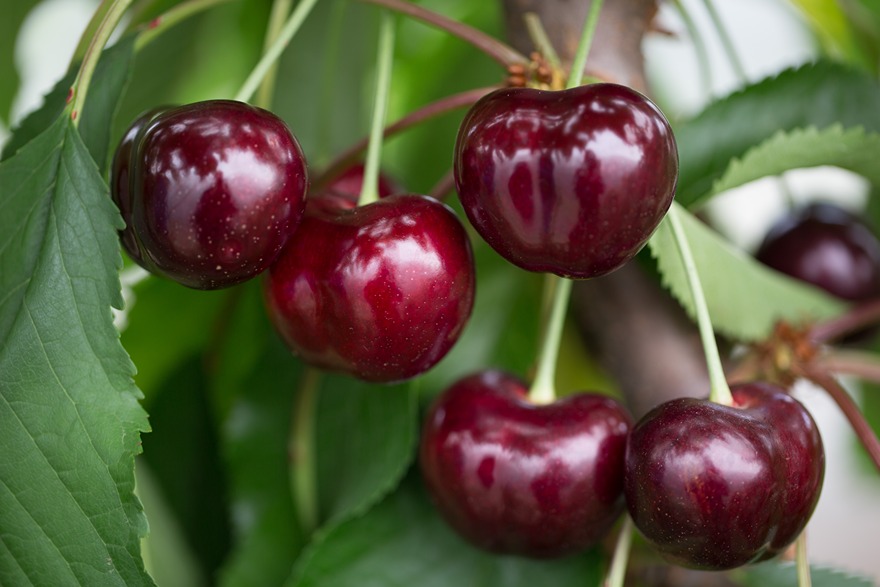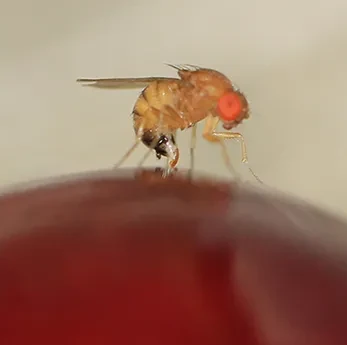Agriculture is inextricably linked to human history as it is of utmost importance to the survival of present and future human generations. To increase agricultural production and minimize crop losses, pesticides are an essential component of the agricultural industry.
These agrochemicals can be classified into pesticides or herbicides depending on the effect they cause once applied. The main question (and concern) remains about the degree of toxicity that persists on agricultural products that might then be ingested by the consumer. Indeed, prolonged exposure to these chemicals has been linked to a number of adverse health effects, including the development of cancer, hormonal problems, neurological disorders, and immune system impairment.
Normally, pesticide levels can fall to acceptable levels three to 10 days after treatment, depending on the type of molecule and dosage applied. One possible solution may come from the use of the electronic nose, which is already used to identify quality attributes, odors and spoilage on various types of food.
To ensure human health monitoring through food inspections, it is essential to have the ability to detect pesticides on fruit using electronic devices. The purpose of the study conducted at Hitit University, Turkey, was to determine whether treated and untreated cherries could be distinguished from one another based on their odour clues.
But that's not all: the researchers also wanted to investigate whether it was possible to recognize the excessive presence of pesticide (simulating, for example, a situation in which the expected persistence time is not met).

To carry out the test, cherries were first collected from trees that had never been sprayed with pesticides.
Next, the trees were sprayed with the pesticide, and the second set of samples was collected the next day. An electronic nose consisting of eleven gas sensors was developed for this investigation and used to distinguish cherries with pesticide from those without pesticide. In detail, the electronic nose was used to record the odour of different quantities of cherries, starting from 100 grams (g), 200 g, 300 g, 400 g and 500 g, both with and without pesticides.
The 44 features obtained were classified using four classification algorithms (Extra Trees, Decision Tree, Forest Tree, and 3-k-NN). One hundred different odour patterns were collected from the electronic nose, which included different amounts of pesticide-treated and untreated cherries.
Among the four distinct classification methods, the Extra Trees algorithm produced the most effective results. Indeed, it proved to have an identification and classification accuracy of 94.30 percent, a sensitivity of 93.00 percent, and a specificity of 95.60 percent throughout the process.
Despite the encouraging results, the researchers point out that this preliminary study was conducted on only a limited number of readings (100) and also that only one type of pesticide was tested. Thus, there is still much to be studied both in terms of the variety of pesticides and the number of analyses to be carried out.
Source: TOZLU, B. H. (2024). Electronic Detection of Pesticide Residue on Cherry Fruits . International Journal of Computational and Experimental Science and Engineering, 10(3). https://doi.org/10.22399/ijcesen.401.
Image: SL Fruit Service
Melissa Venturi
University of Bologna (IT)
Cherry Times - All rights reserved












